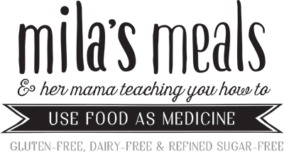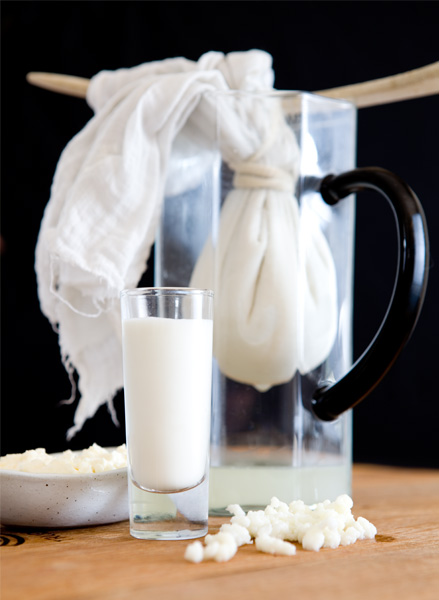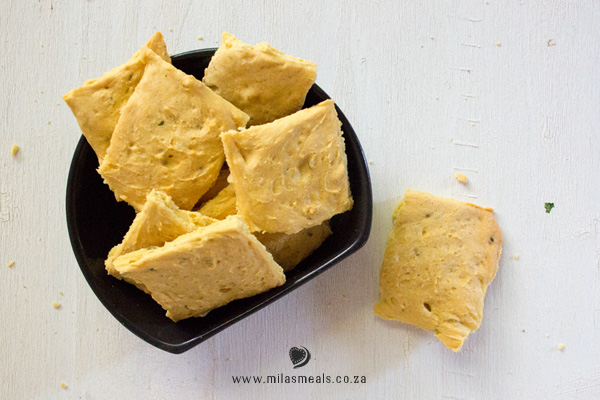THIS RECIPE FIRST APPEARED IN MY 2016 ADVENT CALENDAR
Homemade Gherkins (aka Pickles)
(gluten-free, lactose-free, sugar-free, grain-free, egg-free)
Oh YUM – these are so good! So good in fact that the owner of our local health food store eats all of them before she gets a chance to sell them to her customers 🙂
Key: gluten-free, lactose-free, sugar-free, grain-free, egg-free, paleo, vegetarian, for adults too
Prep Time: 45 minutes
Fermenting Time: 2 days
Makes: 2 x 1 litre jars
INGREDIENTS
(t. = teaspoon; T. = tablespoon, C. = cup)
[unordered_list style=’circle’ number_type=’circle_number’ animate=’no’ font_weight=”]
- 700 g Israeli / Mini Cucumbers*
- 2 ½ C. Filtered Water
- 2 T. Desert or Sea Salt
- ¼ C. whey**
- 1 C. raw, unfiltered Apple Cider Vinegar
- 1 t. Black Peppercorns
- 1 t. Red Peppercorns
- 1 t. Mustard Seeds
- 2 stems (with leaves) Fresh Dill
- 2 Bay Leaves (dry or fresh)
- 2 Garlic Cloves
- 2 x very clean, 1 litre glass jars
[/unordered_list]
*I have seen them recently at Woolworths, Food Lovers Market and Pick n Pay, although if you could find organic ones at a local market that would be much better
METHOD
[ordered_list]
- Soak the cucumbers in a salt-, vinegar- or hydrogen peroxide water solution for 20 minutes then scrub and rinse under running water (this will remove pesticide residue).
- In a large glass jug or bowl, mix the water, salt, apple cider vinegar and whey*.
- Place half of each of the peppercorns, mustard seeds, dill, bay leaves and garlic cloves in the bottom of each jar.
- Place the cucumbers in the jars vertically, squashing in as many as possible. It is important for them to remain submerged in the brine, so squashing them in will prevent them from floating to the top.
- Give the brine another quick stir then pour over the cucumbers – sharing between each jar.
- Seal the jars tightly and place them in a kitchen cupboard for 2 days.
- After 2 days in warm weather, or 4 days in cooler weather, open a jar and test a pickle – if they are crunchy they are ready to be enjoyed. If they are mushy – something went wrong and they should be discarded.
[/ordered_list]
**What is whey?
Remember the nursery rhyme “Little Miss Muffet sat on her tuffet eating her curds and whey…”. I sang this song to Mila many times, but it was not until I began my traditional and whole foods journey that I discovered what whey actually is!
Liquid whey was known to the founding fathers of western medicine as “healing water”. In fact, Hippocrates frequently recommended whey to his patients.
Many people have heard of whey as a protein powder supplement, however the original whey is something quite different.
Whey is the tart, golden liquid remaining after milk has been curdled and strained. (Milk is curdled during the cheese, yoghurt or kefir making process.)
Whey from fermented milk (such as that made from kefir or yoghurt) is virtually lactose-free as the cultures digest the lactose during the fermentation process.
Hypoallergenic: According to Dr Thomas Cooper, goat’s whey can be used as a hypoallergenic protein substitute for children and adults who are allergic to cow’s milk. Dr Cooper notes that over 90 percent of children who have an allergy to cow’s milk do not show allergy symptoms when using goat’s whey. For people who cannot tolerate cow’s milk, goat’s whey can be a good way to attain the benefits of drinking milk without the symptoms.
To make your own whey is so simple:
Line a sieve with cheesecloth or a coffee filter and place over a bowl/jug.
Pour in the kefir/yoghurt. Cover and allow to stand over night.
In the morning you will have kefir/yoghurt cheese in the strainer, and whey in the bowl.
Whey can be added to any purée or smoothie for a nutrient boost. It can also be used for fermenting fruit and vegetables or when soaking your nuts, seeds, legumes and grains.
Straining my goats milk kefir to make whey. The kefir is in the glass, and the white “bits” in front of the glass jar are the kefir grains.
Why you should make these
Often just garnish on a hamburger or a splash of colour and tang in a tuna mayonnaise sandwich, homemade gherkins can in fact be a great source of nutrients.
But… this only applies to HOMEMADE gherkins!
Store-bought gherkins often have a lot of sugar and other undesirable ingredients in them.
I list the ingredients to look out for in the “Feeding With Awareness: Chemical Cuisine” chapter of my book. You can download my Worst Offenders Chart here for easy reference when being a food detective!
Store bought gherkins are also pasteurized which destroys valuable nutrients.
Homemade gherkins on the other hand are raw – the nutrients are intact and they are full of digestive enzymes and immune boosting probiotics.
Ah… probiotics and fermented food! Another subject I am passionate about and due to write a blog post on!
A brief intro to probiotics…
“Did you know the number of bacteria in your body outnumber your cells by about 10 to 1? These bacteria in turn are comprised of both beneficial ones and harmful ones. The ideal balance is about 85 percent good bacteria and 15 percent bad. Maintaining this ideal ratio is what it’s all about when we’re talking about the importance of probiotics.” – Dr. Mercola
I am so in love with fermented foods and their health benefits that I produce my own range under the Mila’s Munchies label – you can see more about my products on the Mila’s Munchies Facebook page. (There are some great articles there on fermented foods, probiotics and their health benefits too.)
Back to the gherkins…
While a traditional long fermentation using only brine would produce the greatest number of probiotics, this recipe is for quick process simple fermentation gherkins. By that I mean, it uses vinegar to speed up the process. But I use Apple Cider Vinegar, which is itself a natural probiotic. (It really is a super-ingredient which you should have in your kitchen as well as your bathroom – it has a multitude of uses and health benefits!)
Health Benefits of Fermented Foods
“Fermented foods don’t just lounge around your belly doing nothing, they’re active! After you eat them, those bacterial armies get to work, helping to balance your gut bacteria and stomach acids; releasing enzymes to help ease and improve digestion – and make it easier for your body to extract and absorb more nutrients from the foods you eat. They are powerful detoxifiers, helping to break down and eliminate heavy metals and other toxins from your body. Another pleasant side effect of all that activity? Less constipation and easier elimination, drug and stimulant-free.” – Dr. Frank Lipman, South African founder and director of the Eleven Eleven Wellness Center in New York City


Cucumbers
Cucumbers are often overlooked when considering nutrient dense foods but they do contain a number of necessary vitamins, minerals and phytonutrients. They are an excellent source of vitamin K and molybdenum; a very good source of vitamin B5; and, a good source of copper, potassium, manganese, vitamins B1 and C, phosphorus, magnesium, silica and biotin.
Cucumbers have antioxidant, anti-inflammatory and anti-cancer benefits. Fresh cucumber juice is also an excellent remedy for bringing down a fever in children.


Dill
Dill offers protection against free radicals (as an antioxidant) and carcinogens. It has antibacterial, anaesthetic and antiseptic qualities that have made it highly beneficial for viral, bacterial, yeast, and fungal infections, parasites, pain relief, sleep disorders, cancer prevention, and respiratory disorders.
So forget the hamburgers and the tuna mayonnaise sandwiches – just eat the gherkins 🙂
They will make a great snack on the beach or in lunch boxes.
RELATED RECIPES:
Want over 100 recipes like this one?
[/action]









